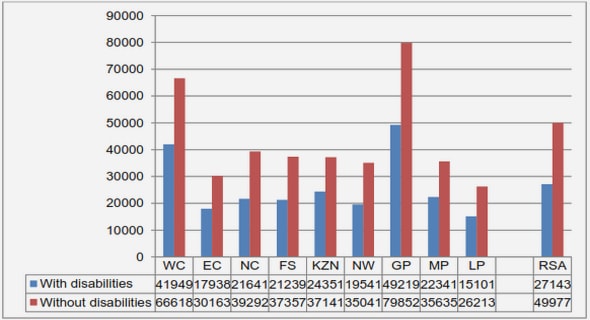(Downloads - 0)
For more info about our services contact : help@bestpfe.com
Table of contents
GENERAL INTRODUCTION
CHAPTER 1 A review of Mass Movement Classification, Detection and Susceptibility Analysis
1.1 Introduction to Mass Movement
1.2 Mass Movement Classification
1.2.1 Falls
1.2.2 Slides
1.2.3 Flows
1.3 Factors Influencing the Occurrence of Mass Movement
1.3.1 Preconditioning Factors
1.3.1.1 Topography
1.3.1.2 Lithology
1.3.1.3 Soil
1.3.1.4 Land use
1.3.2 Inducing Factors
1.3.2.1 Neotectonics
1.3.2.2 Intensity Rainfall
1.3.2.3 Forest fires
1.3.2.4 Manmade excavation, road construction, unplanned urbanism
1.3.2.5 Climatic Variations
Temperature
Precipitation
1.4 Land Instability Detection and Zonation Methods and Techniques
1.4.1 Geotechnical Methods
1.4.2 Remote Sensing in MM interpretation and analysis
1.4.2.1 Aerial photography
1.4.2.2 Optical Satellite Imagery
Automatic and Semi Automatic Methods
1.4.2.3 RADAR Satellite Imagery
1.4.2.4 LiDAR
1.5 Guidelines for Mass Movement Zoning and Mapping
1.6 Mass Movement Susceptibility Assessment Methods and Mapping
CHAPTER 2 Detailed Description of the Study Area
2.1 Geographic Location
2.2 Geomorphology
2.3 Geology
2.4 Soils
2.5 Land use
2.6 Climate
CHAPTER 3 Analysis of the potential effect of Forest fire on Mass Movement in the study area
3.1 Introduction
3.2 Mass Movement Inventory Map Production
3.2.1 Visual Interpretation of Mass Movement and Forest Fire Mapping
3.3 Burn Severity Estimation Using Remotely Sensed Data
3.3.1 Gap-Filling LANDSAT 7 SLC-off Single Scenes
3.3.2 Radiometric Calibration of LANDSAT images
3.3.3 Change detection of Normalized Burn Ratio Maps
3.3.4 Cumulative NBR map
3.4 Mass Movement Field Investigation
3.5 Forest Fire Burn Severity Field Investigation
3.5.1 The Mini-Disk Infiltrometer (MDI)
3.6 Selection and Acquisition of Thematic Database Using GIS
3.7 Statistical Correlation Using Information Value Method (InfoVal)
3.8 Mass Movement Susceptibility Assessment and Validation of Result
3.8.1 Establishing relationship between impacting factors and Mass Movement
3.8.1.1 Rock Type
3.8.1.2 Soil
3.8.1.3 Land use
3.8.1.4 Slope Aspect
3.8.1.5 Slope Degree
3.8.1.6 Mean Annual Precipitation (MAP)
3.8.1.7 Normalized Burn Ratio
3.9 Soil Water Repellency Status by Means of Infiltration Rate
3.10 Mass Movement Susceptibility Map and Model Validation
3.11 Major constraints in Evaluation Mass Movement Susceptibility Maps
CHAPTER 4 Comparative correlation of Forest Fire burn severity with climatic fluctuations and land use change
4.1 Introduction
4.2 Climatic variability Detection Utilizing Evpotranspiration and Drought Indices
4.2.1 Potential Evapotranspiration
4.2.2 Drought Indices
4.3 Evaluating Land Use Change Using Normalized Difference Vegetation Index
4.3.1 Drought as a major Forest Fire driver
4.3.2 Monitoring land use variation using NDVI
4.3.3 Analysis results of forest fire burn severity variation through Normalized burn ratio
4.4 Correlation between Forest fire burn severity and impacting factors
Conclusion
References
ANNEX



